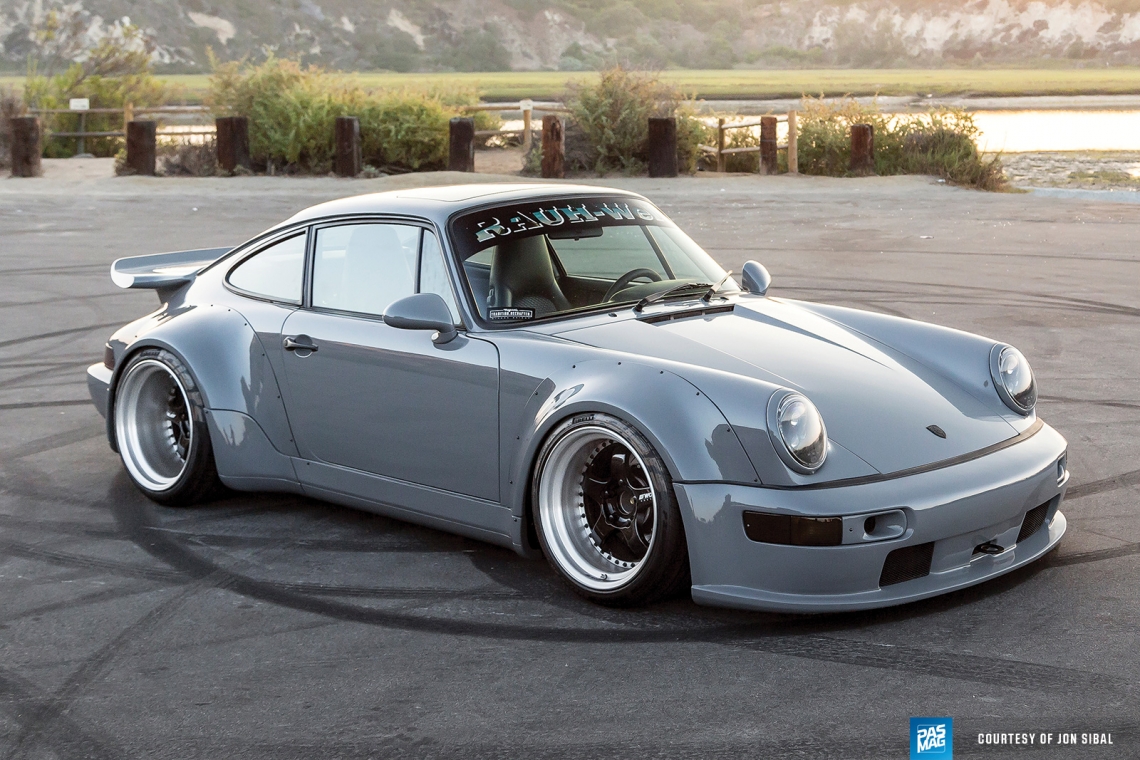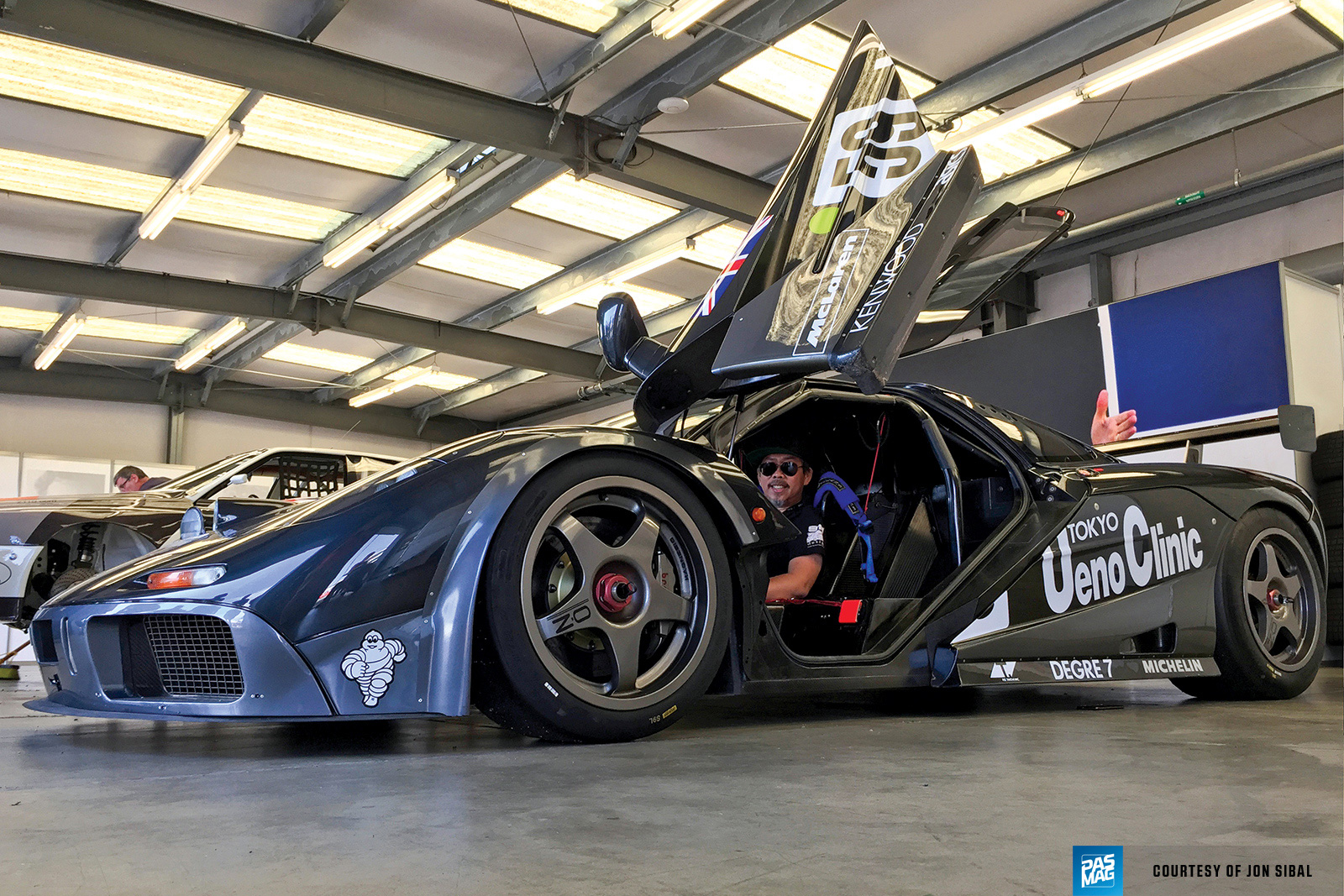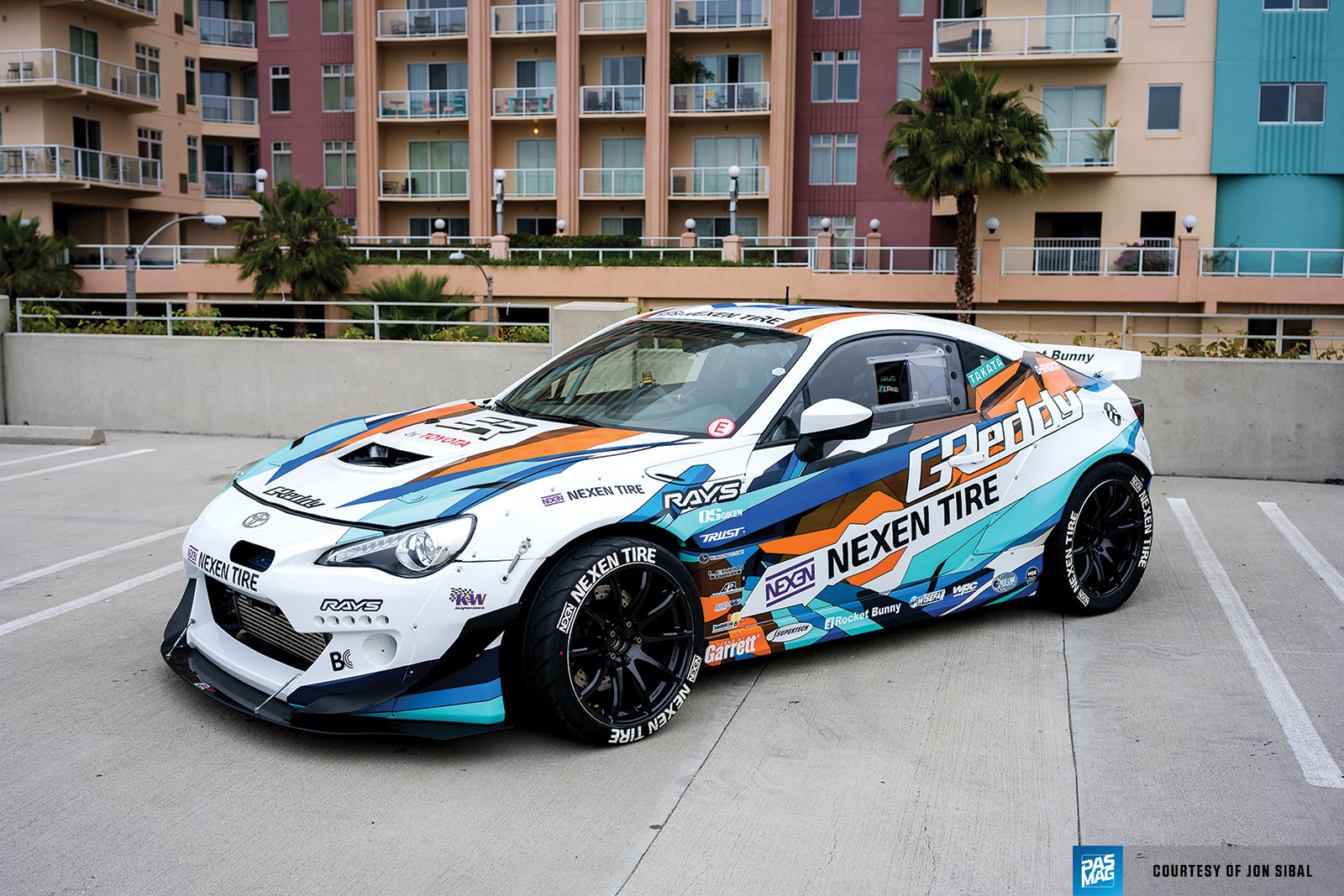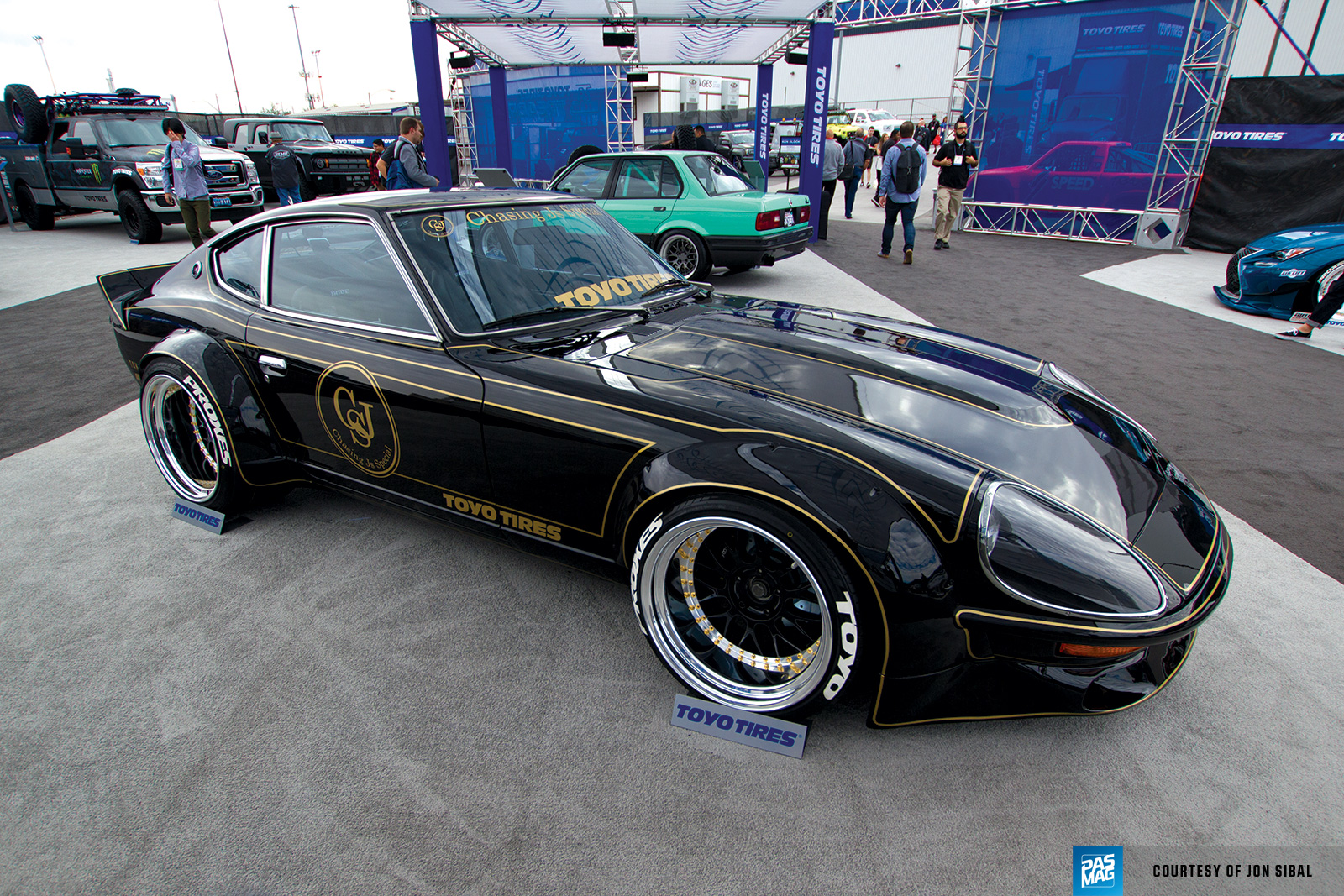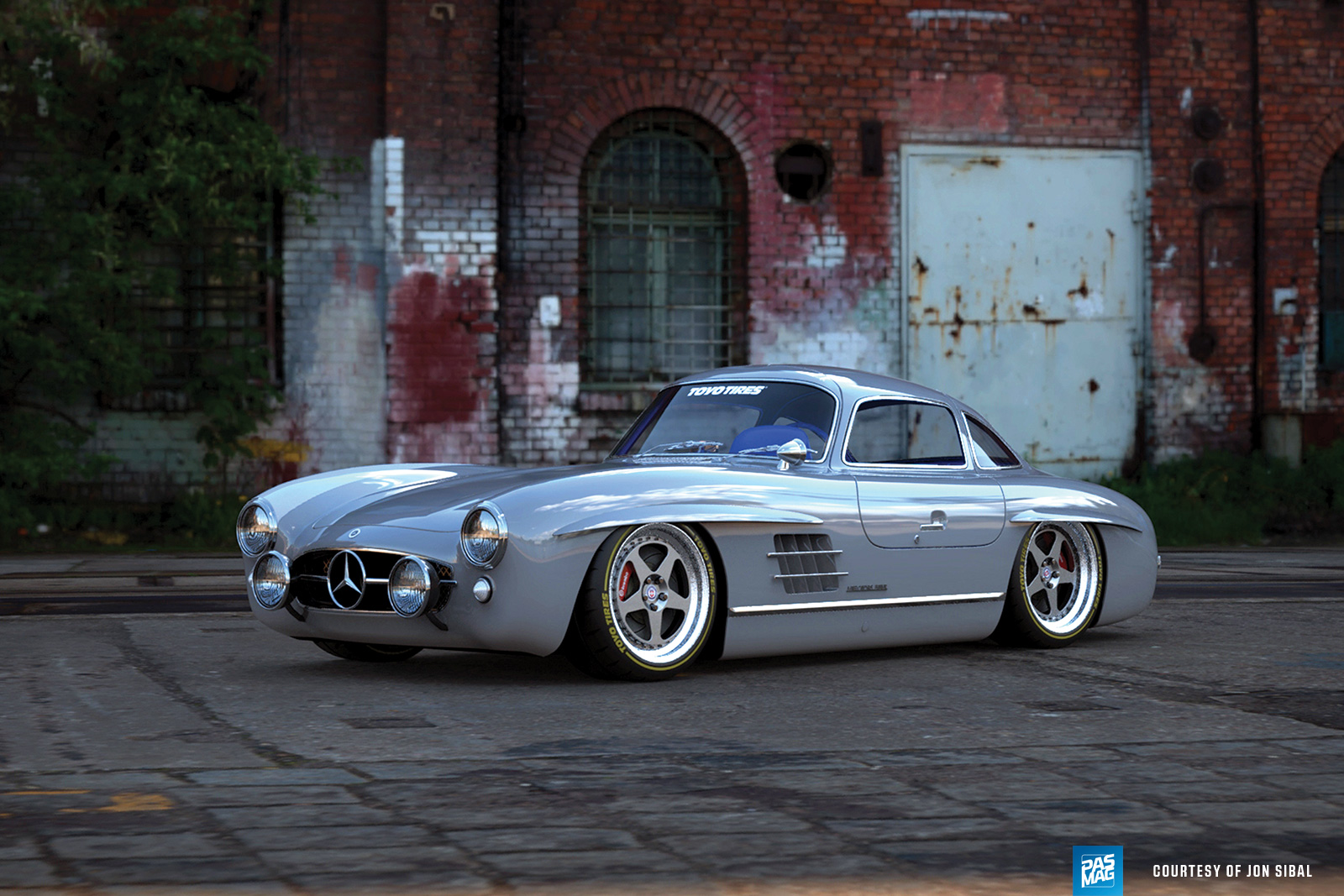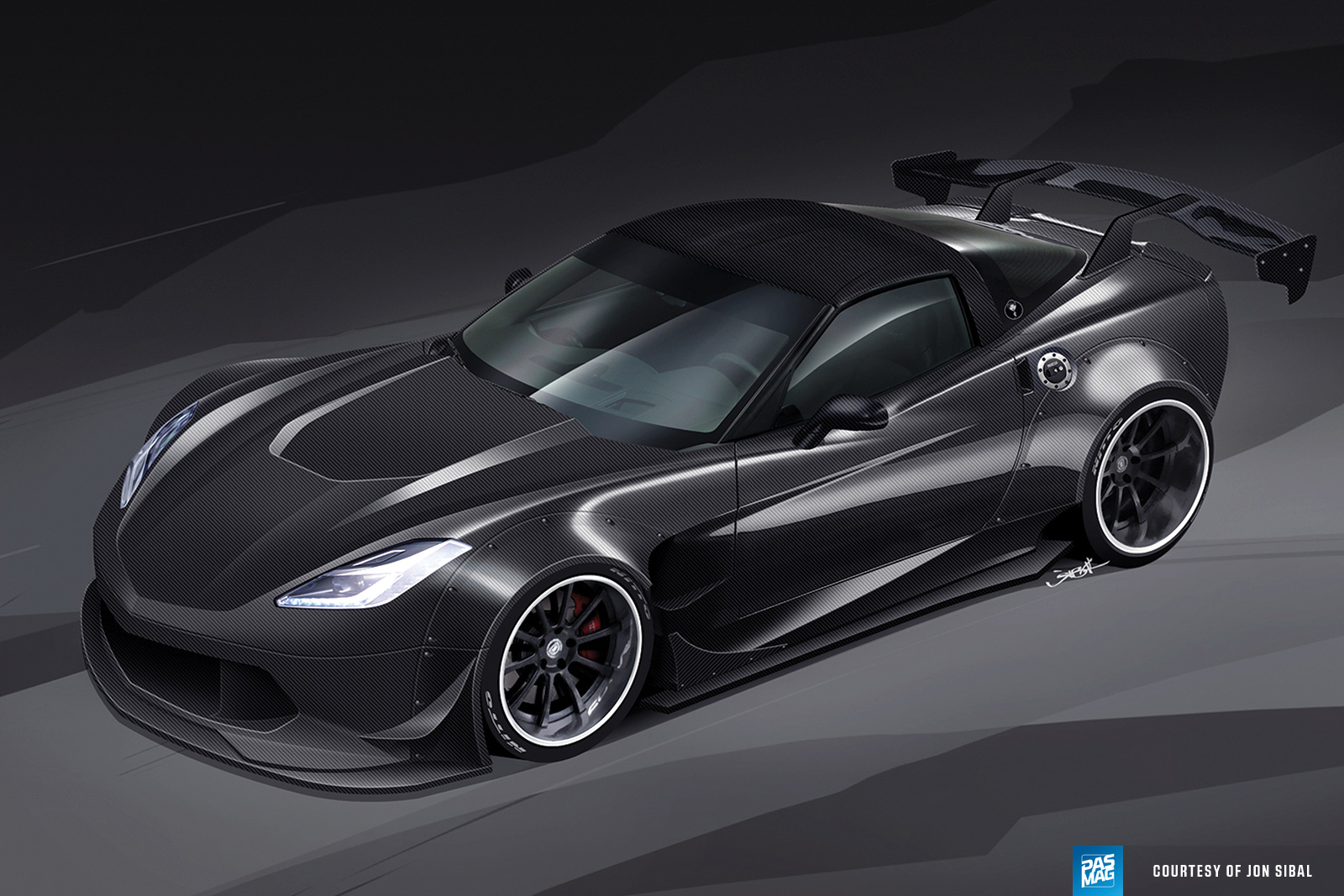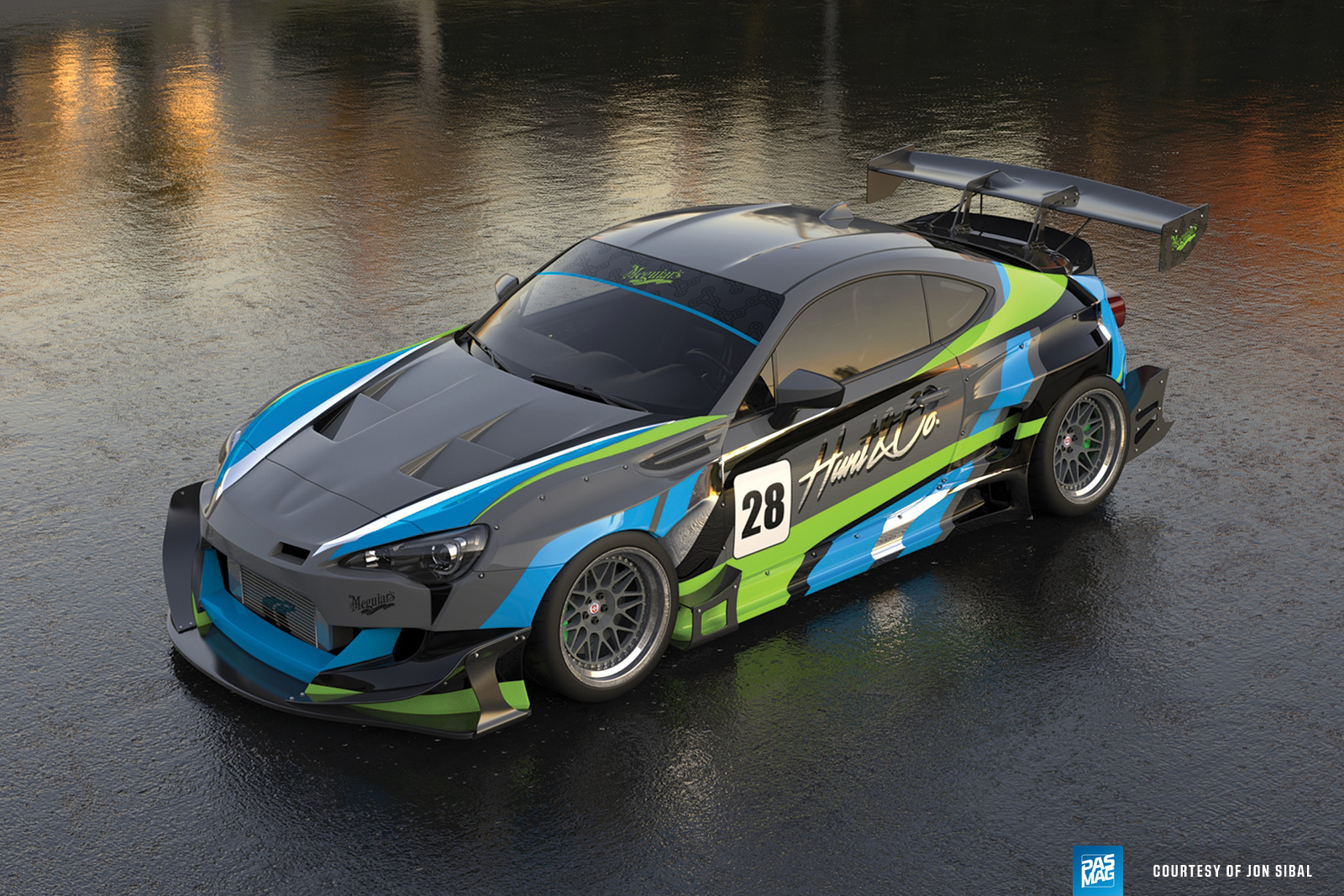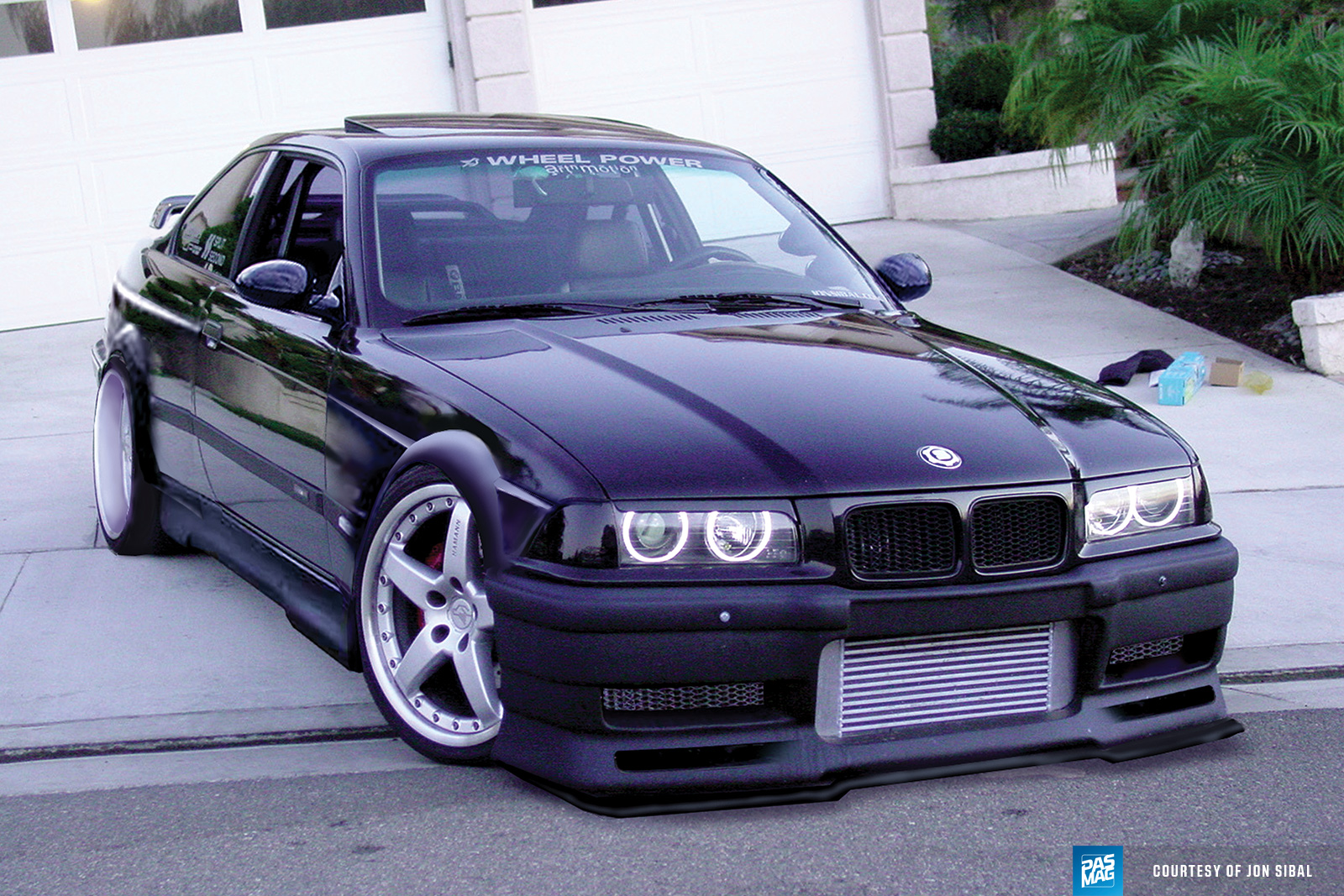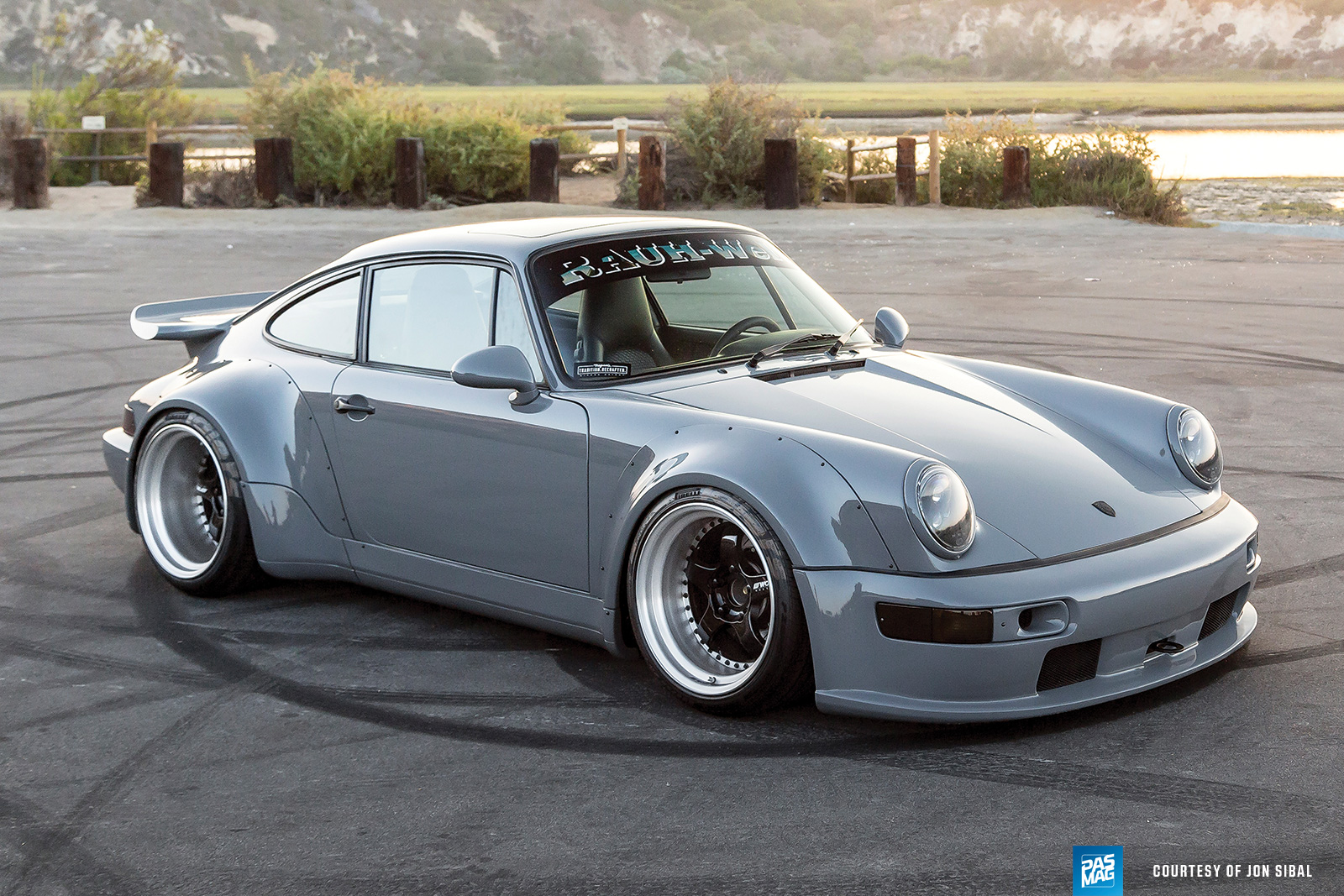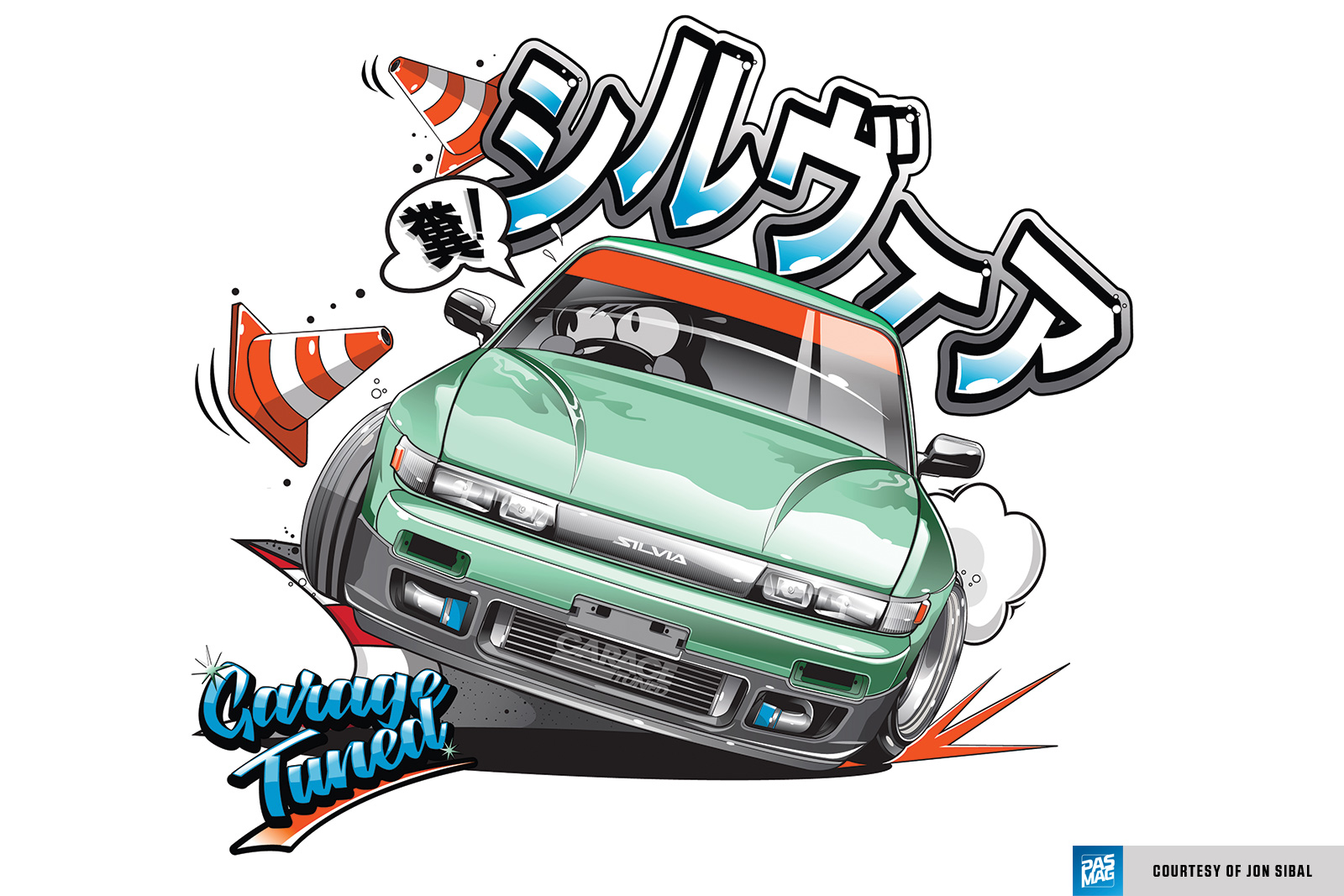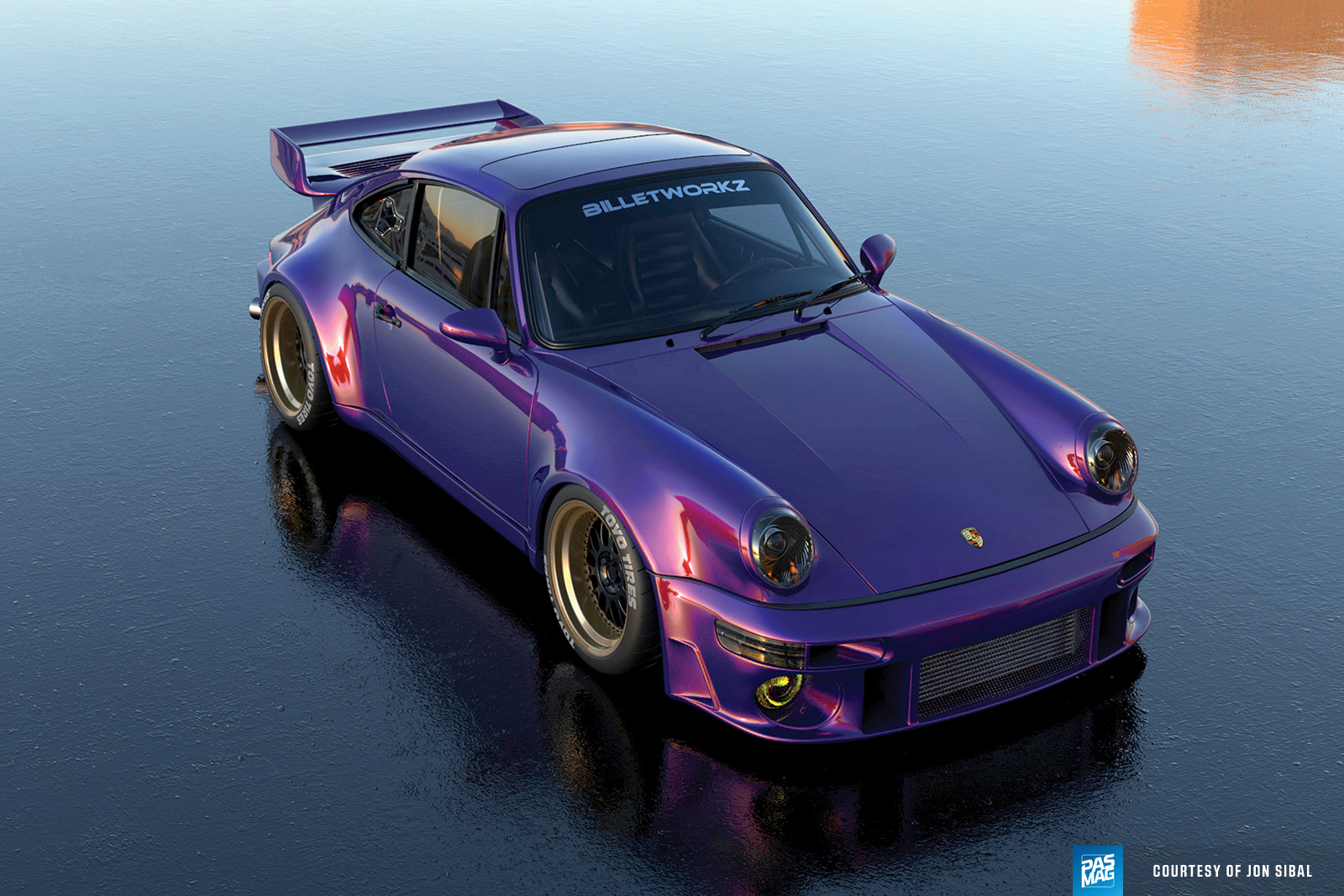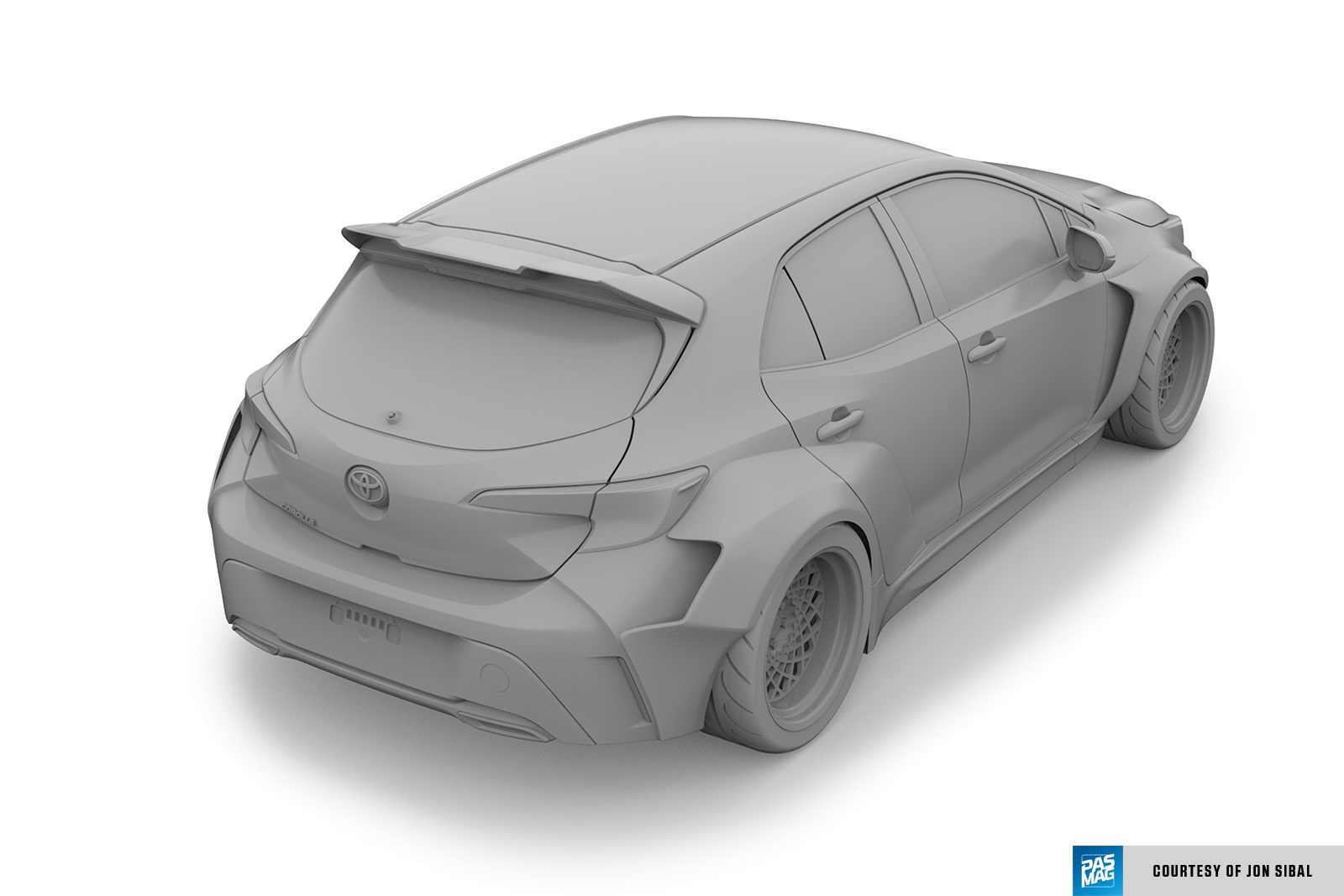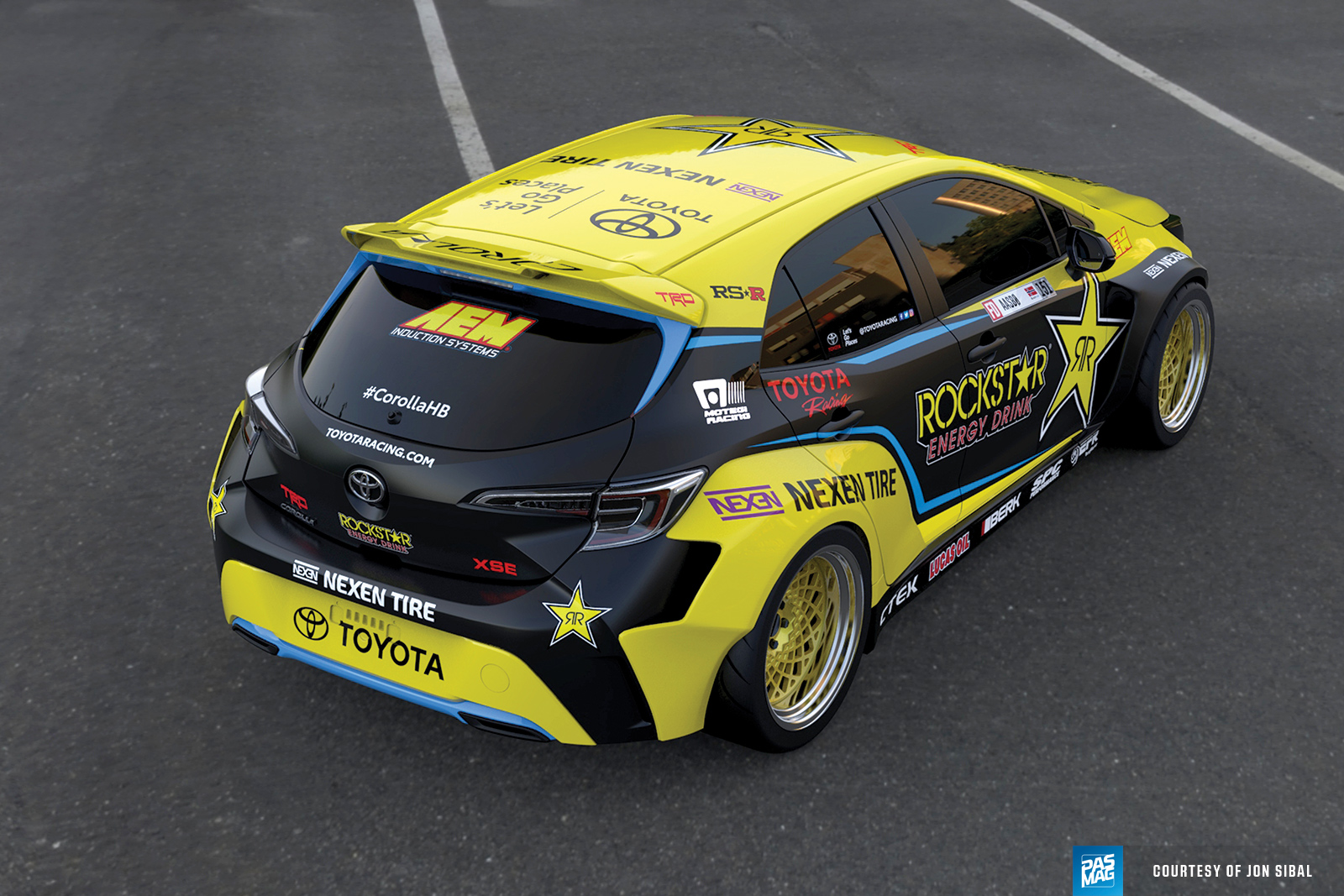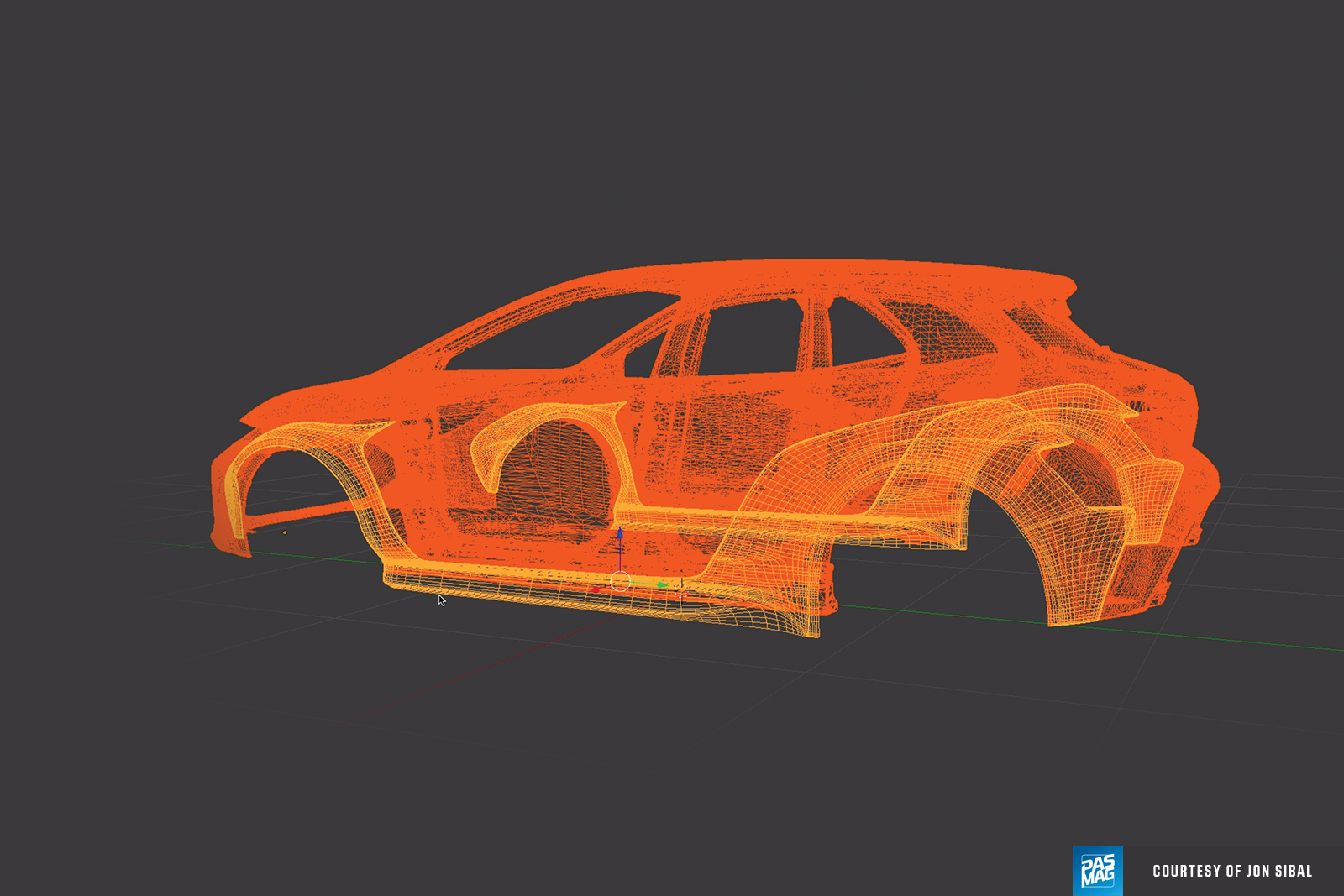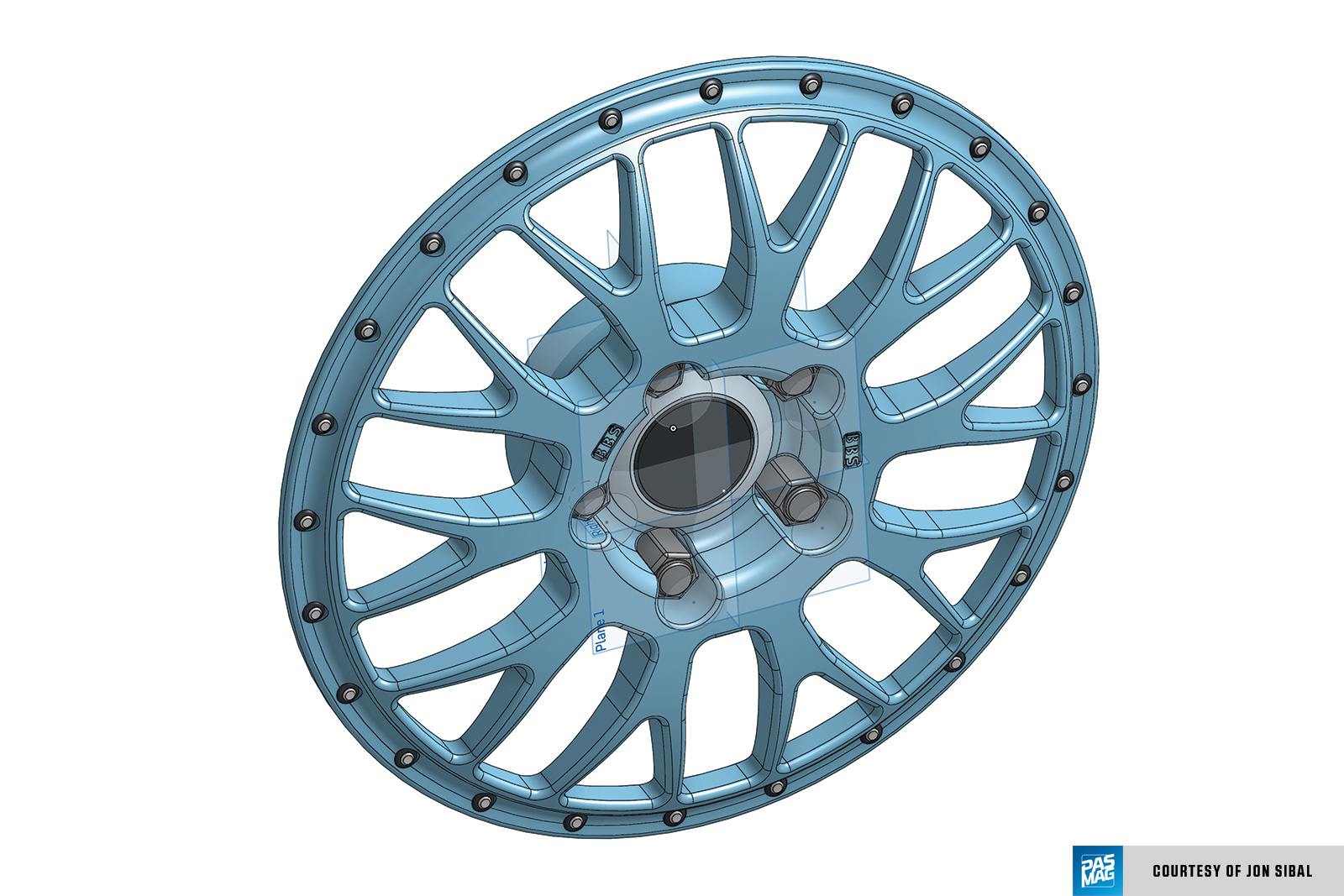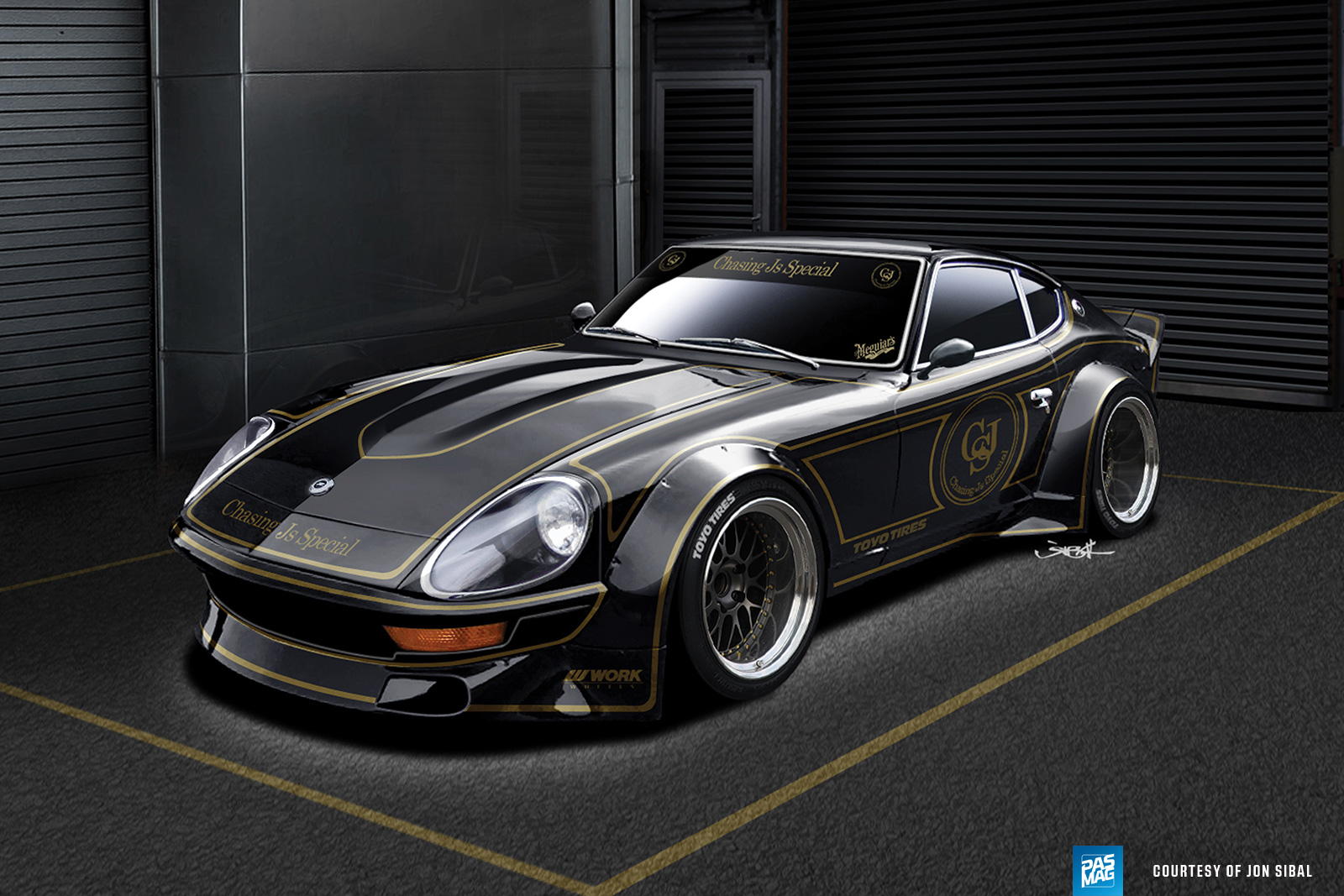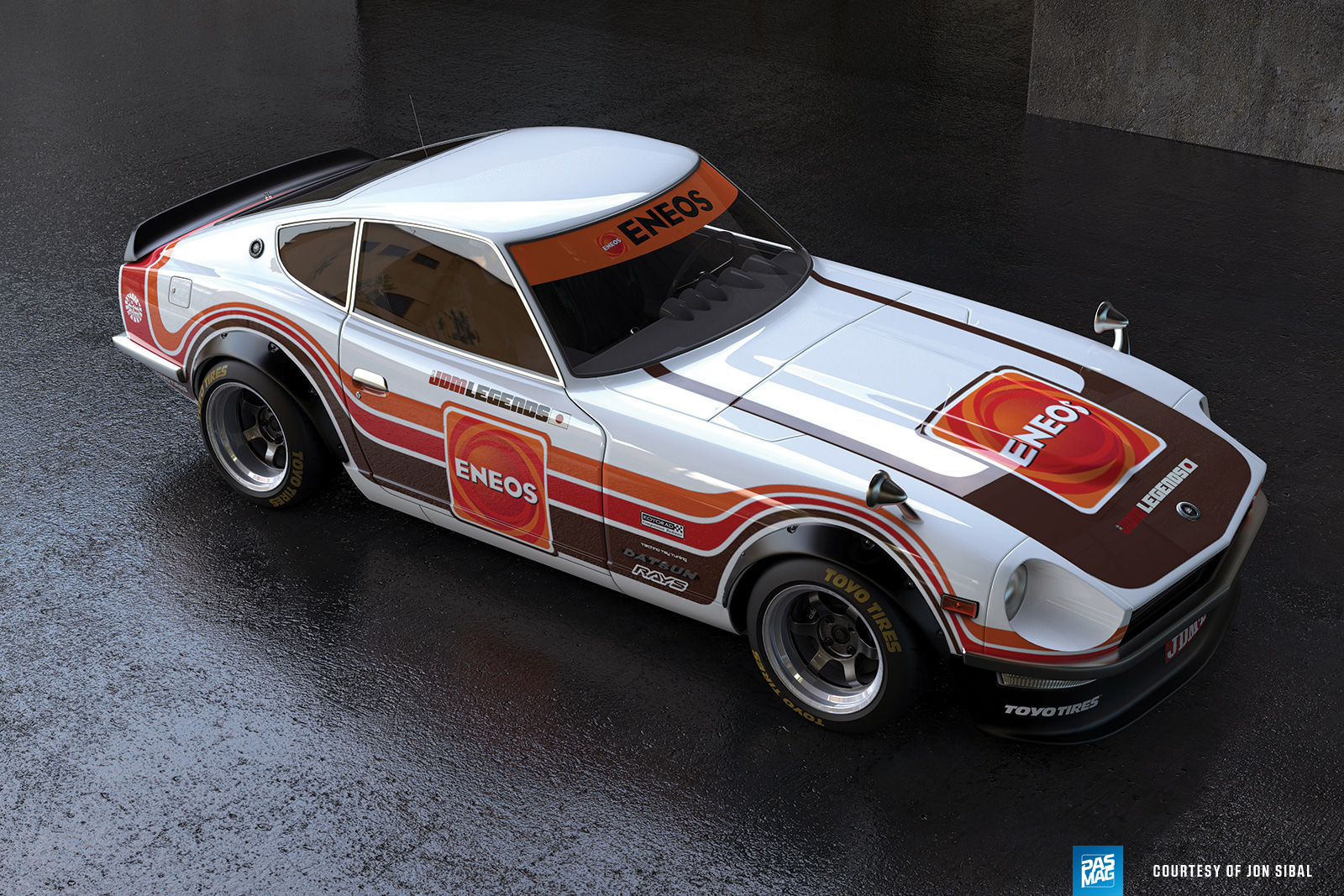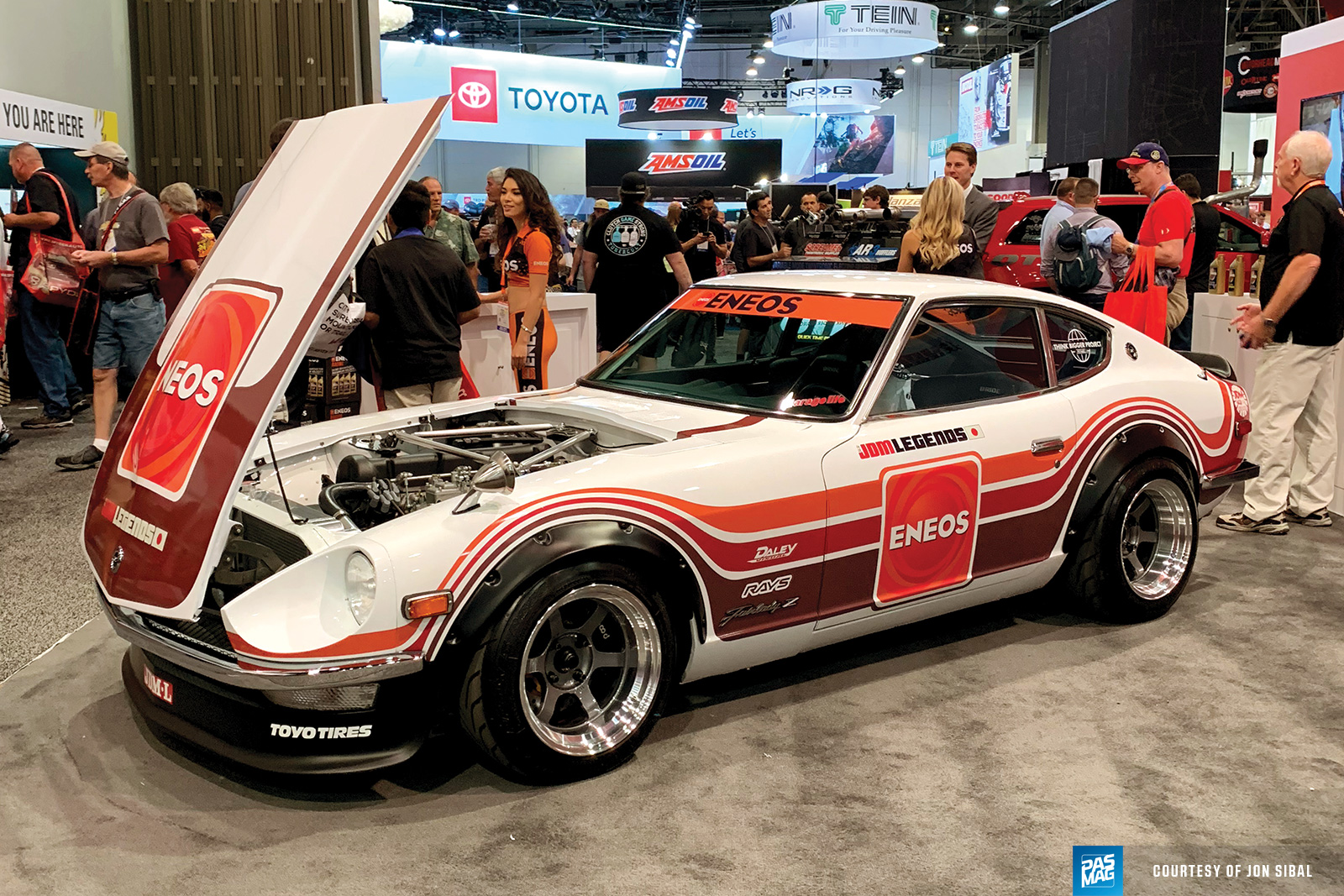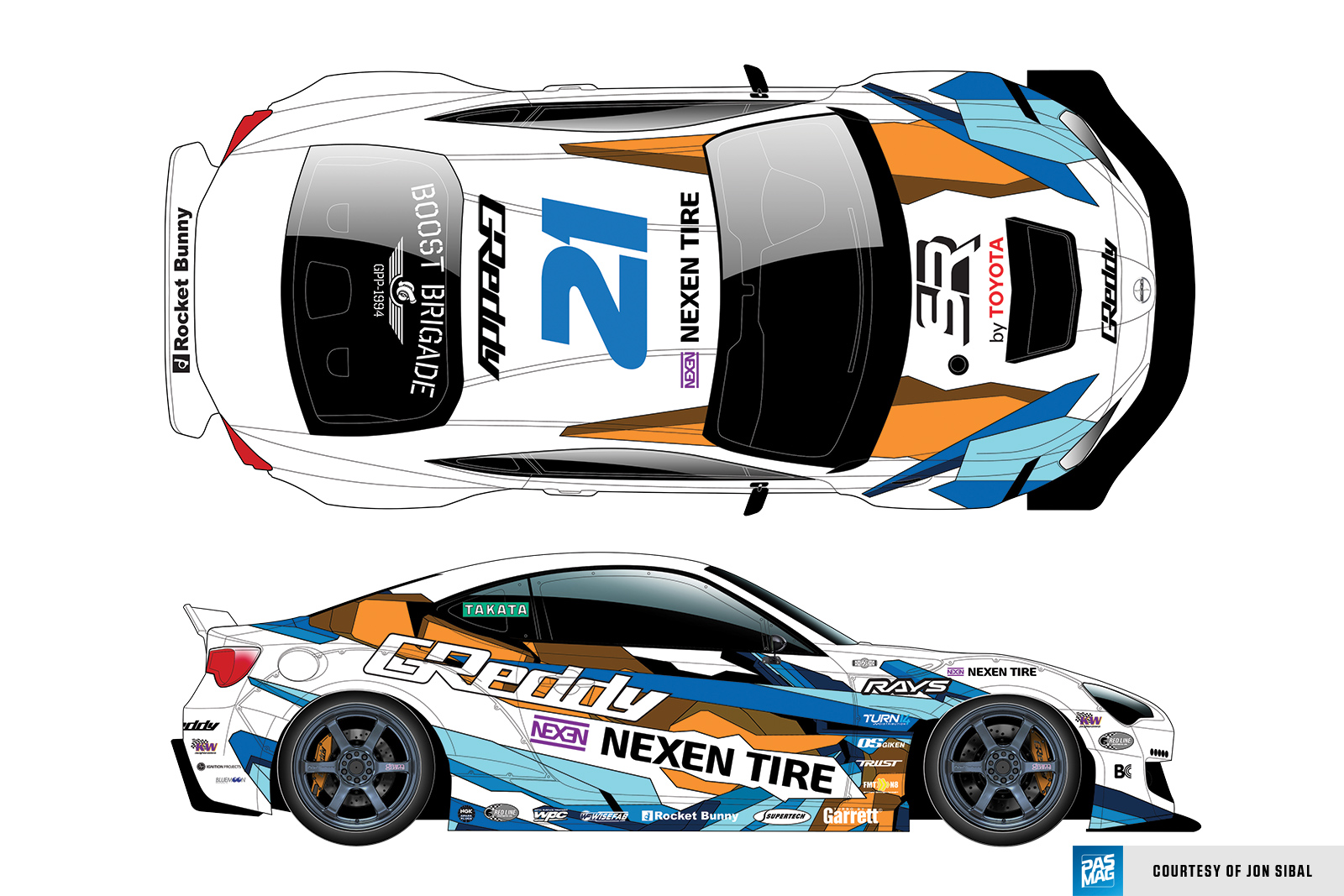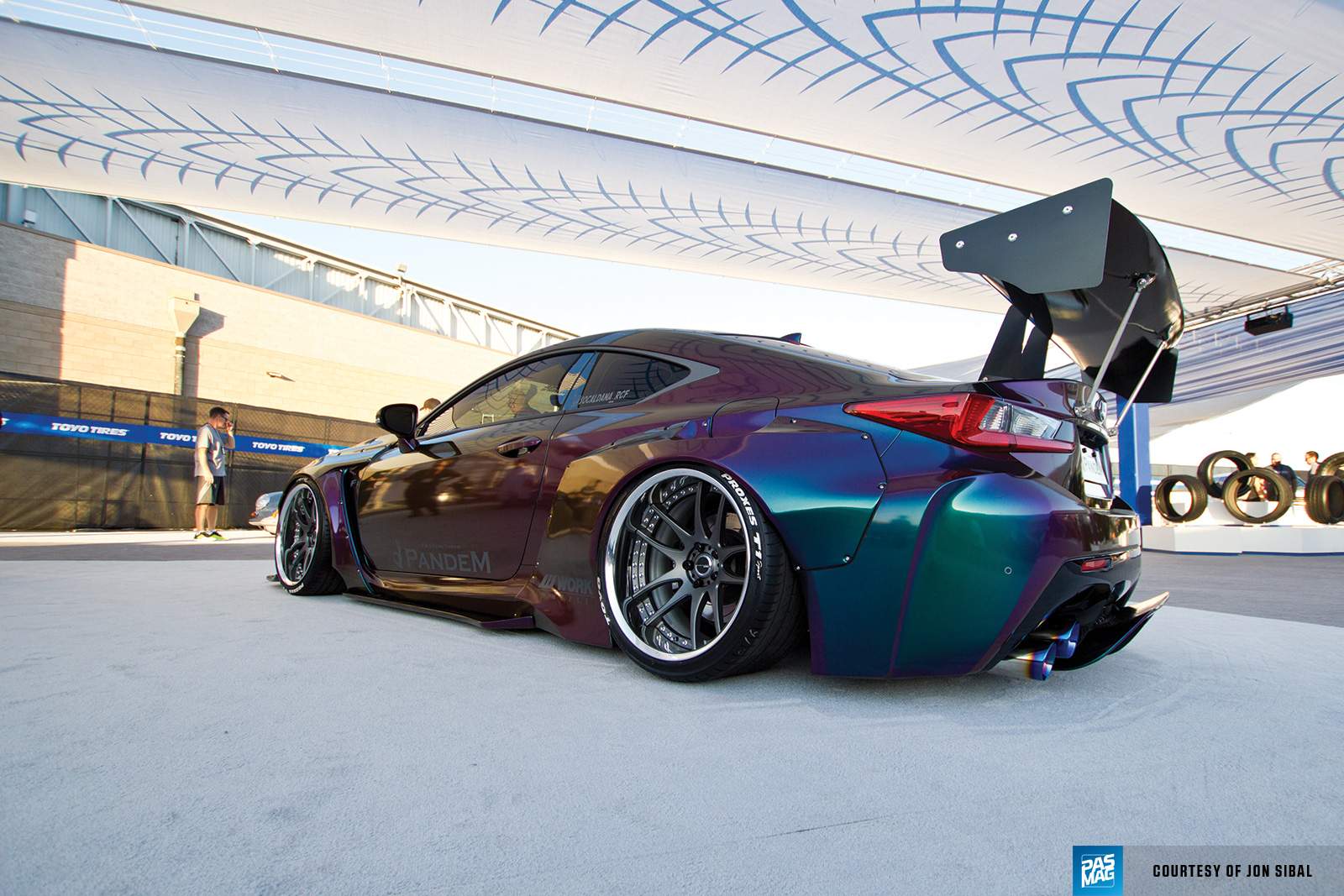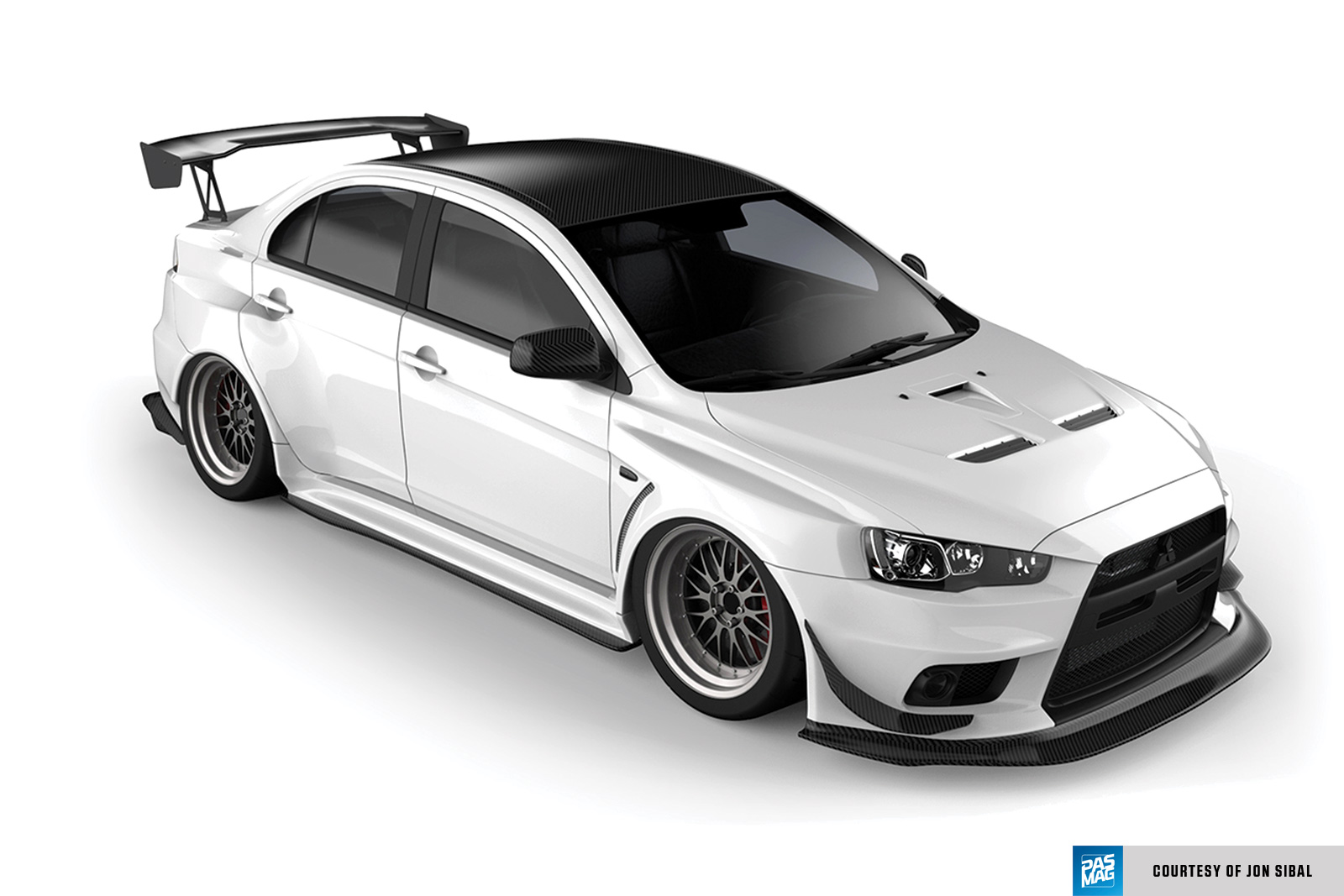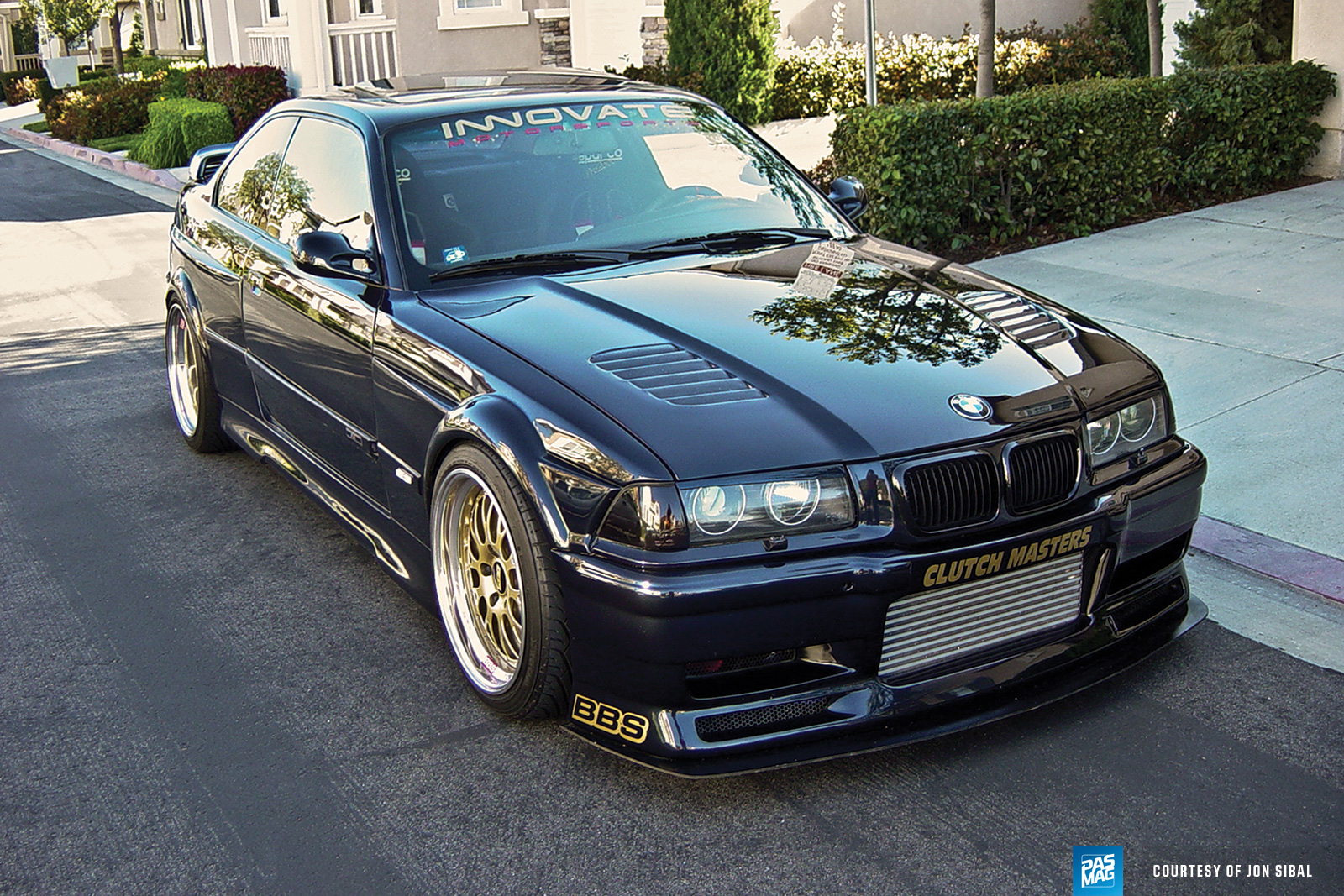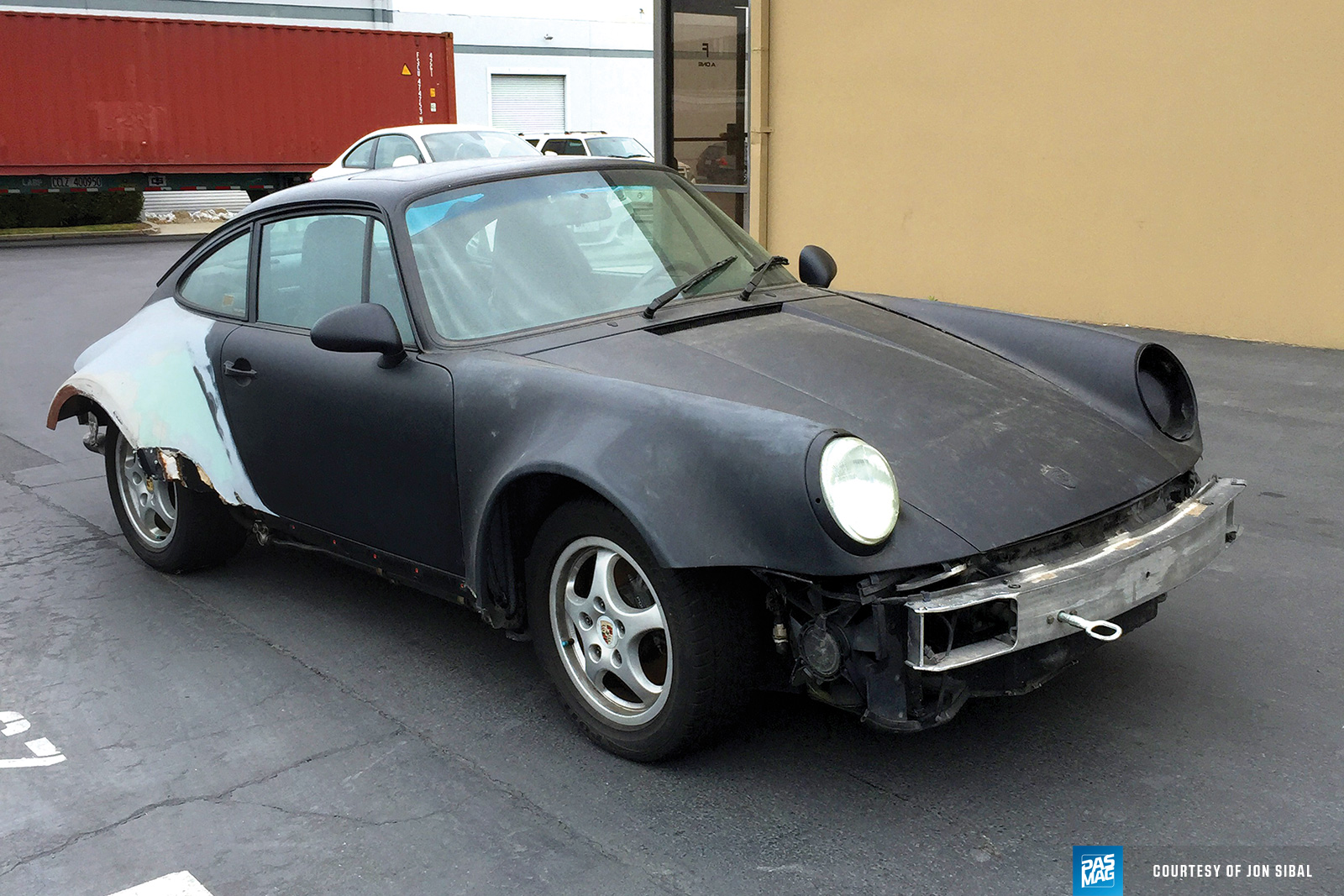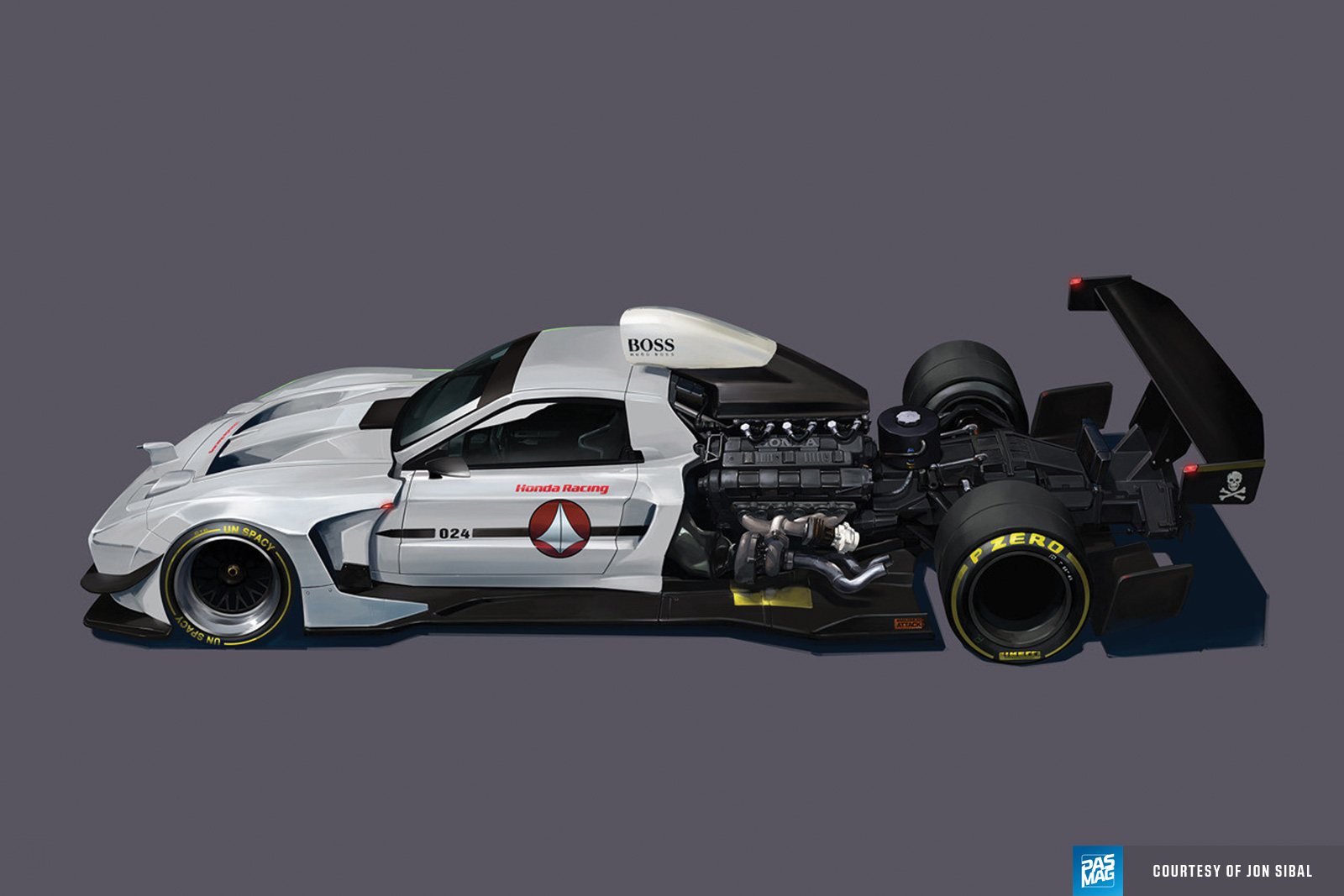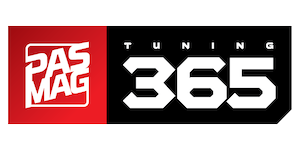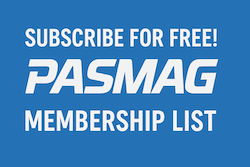Many of our fans know Jon Sibal from some of his wild vehicle renderings, but he does all sorts of work from livery to body kit design. We had the opportunity to sit down and chat with Sibal, one of the industry's favorite designers.
Hi, Jon! Could you please introduce yourself to our audience for anyone who may not already be familiar?
My name is Jon Sibal, an automotive design artist from Southern California. As an automotive artist I create concept design renderings for builders and tuners to help them visualize their build. I’ve been involved in the SoCal import car scene since the early ‘90s, and doing automotive design work professionally for over 10 years. I’m also a comic book inker currently working on DC Comics’ Batman Earth One graphic novel.
What other work do you do for the automotive aftermarket?
That is pretty much the bulk of my work load. In detail, I help automotive companies and independent builders with their design needs from logo designs, posters, brand and content creation, to full add-on and widebody kits, and one-off build concept designs. I used to also do speculative renderings of upcoming models, basically an educated guess on how it may look like based on the available information.
What got you into cars in the first place?
I doodled a lot when I was young, mostly anime stuff like robots and spaceships. I soon learned that drawing cars was just as satisfying. I immersed myself in sports cars and race cars, and that got me hooked from then on. I looked at a bunch of books and magazines for reference, got model cars, even raced RC cars, but seeing them in person was very motivating. I couldn’t afford to own them, but drawing them definitely made me feel like I did.
Can you walk us through the design process of one of your renders?
Design process varies depending on the project, but typically starts with getting as much info and details that will determine fee and delivery date. From there, I start preparing the vehicle in 3D, both for body kit design and concepts. A 3D model can also be used to preview the livery design more thoroughly. Modeling the body kit is done in Blender 3D, and wheels are done in CAD-based tools - all exported to Keyshot to render images. These can take a few days to a few weeks depending on the details. For designs that will go into production, everything needs to make sense and be buildable. Designing kits with proper proportions that work with the original lines of the vehicle is just as important as reducing any headaches in manufacturing. It’s a different approach to just creating some unrealistic, exaggerated car renders that might be fun to look at, but are not production-friendly.
What techniques and/or software do you use?
Before I switched to designing in 3D, I used Photoshop to create renderings, and I still do for post processing and livery designs, along with Illustrator to generate vector files. But I use whatever I can to get the job done. I’m also exploring augmented reality and motion graphics to help with presentation. YouTube tutorials are great for learning techniques, and can help develop your own through practice and time.
What is your design rig setup like?
My 8-year old iMac (3.4ghz Quad core i7, 32GB ram, etc) just took a dump recently, so I’m looking to invest in their custom spec, mid-level, pro set up. Single monitor setup with just a magic mouse - no tablet or anything - just as long as it can handle my work flow, I’m content.
How do your renderings become real cars on the SEMA floor? Do people approach you for bespoke designs? Do some people see an already completed rendering and tell you they want to build it for real?
I design body kits for a company on a consistent basis, but the majority of my other clients come from referrals. They typically already have a vision of what they want to build, but just need help with putting their ideas on paper that can be presented to fabricators and potential build partners. Some were inspired by my renderings and want to build it in real life - or a version of it. I work closely with them to decide the proper combinations, color, finishes etc. When I can, I also try to help them get connected to the right parts manufacturer and/or vendor.
Do you know how many of your renderings have gone on to become real builds?
I don’t keep track, so I’m not sure of an exact number, but there are quite a few, and even more for the ones that I designed under NDA.
Has anyone ever surprised you by bringing a really ambitious rendering to life?
There are quite a few, but one that stands out at the moment is the C6 Corvette that Angie King of CarPorn Racing had built. The design idea was to give a C6 Corvette a C7 conversion with a full widebody treatment that’s wider than an H1 Hummer and a full clamshell hood front end. It was unreal even after seeing in person.
Some of your renderings and liveries are very unique to say the least. What are some sources of inspiration for you?
Motorsport is a heavy influence for body kit designs where I try to find balance translating some of the elements for street applications like the CSF Radiators widebody Evo X project. The livery design inspirations vary greatly per clients’ needs, so I typically ask them for preference to narrow down the options. Inspiration can also be based on a product that a client wants to promote, such as in the Meguiar’s X TJ Hunt collab project we just finished recently.
Do you have a favorite project you’ve worked on?
My personal cars will always be my favorite projects since I have full control on everything. My BMW E36 was the car that made want to learn how to render. I wasn’t happy with any off-the-shelf body kits on the market, so I decided to design my own. I pieced parts together from different tuners and redesigned them for cohesiveness. It made a big difference to have a rendering to convey my ideas to the body shop for proper execution.
Do you have a favorite car that became a real build from your own rendering?
I would have to go again with a personal car, this time my RWB 964. I’ve always drooled over these builds, and was fortunate enough to help them launch their brand here in the states. After saving enough money I was able to buy a donor car, but it sat for another year until I was able to get the build going. I’m still in disbelief, but very thankful for everyone involved that helped me with it.
Do you have a favorite artist?
I have a few automotive artists that inspires me depending on which project I’m working on. Too many to list, but for concepts I look at Walter Kim’s stuff. When I’m stuck and not sure what to do, his work gets my creative juices flowing. I also admire Judson Bryan’s vector work. In the sea of vector artist out there his work stands out to me, as it gives me that OG Option Magazine vibe style illustrations. For the most part, anyone that has great creativity and sensibility in their designs will always grab my attention.
Who are some of your high profile automotive clients when it comes to renderings and livery design?
I was fortunate enough to be involved with a number of builds, getting to work with a lot of talented people and companies throughout my career. Big thanks to a few friends like RJ de Vera that led me to work with Meguiar’s and more, Fred Chang that led me to work with Scion, Stan Chen at Toyo Tires, Pat Au that got me designing model cars at JADA Toys, John Pangilinan where we worked on past Ford and Hyundai builds, Papadakis Racing where we designed the body kit and livery for Fredric Aasbo’s drift car, Toyota Motors, KIA Motors, Greddy, H&R Suspension, Mountune, SuperStreet, IAD, CSF Radiators, Roborace, RSTRADA where I got to design the livery for couple of race cars and their client’s Porsche 918, and all the independent builders out there. You guys know who you are.
What are you working on these days? Anything you can tell us about?
I have a few projects that I’m involved in that will be revealed at SEMA, but for the builds I can talk about now, one is a Porsche 912 being built by Austin Barnett of Billetworkz. I also got to render Rutledge Wood’s RWB backdate build and helped him choose the proper wheel design for it. John Sarkisyan is bringing the heat again this year. I’m also excited to work with Stan Chen and Igor of CAtuned this year for an old school BMW build.
Is there anything we didn’t cover here that people get wrong about your line of work?
Some think that it’s easy to do what we do. It can be easy, but totally changes when your livelihood depends on it. The worst is when some think we’re just doing this for fun, and not a real job, so they expect you to work for free or they offer to pay through exposure.
Jon Sibal is featured in PASMAG Issue #155 / Tuning Essentials: Style Book Vol. 6. Order your copy HERE.
Related Articles
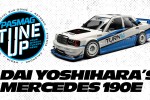 Dai Yoshihara's Mercedes-Benz 190E
Dai Yoshihara's Mercedes-Benz 190E
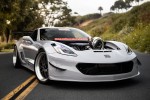 Stung: A Last Minute SEMA Stingray Build That Turned Out Even Better Than Expected
Stung: A Last Minute SEMA Stingray Build That Turned Out Even Better Than Expected
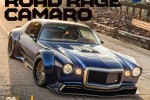 PASMAG #155 (Style Book #6)
PASMAG #155 (Style Book #6)
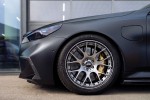 BBS Launches Two-Piece CH-R II Unlimited Wheel in 20–22 Inches
BBS Launches Two-Piece CH-R II Unlimited Wheel in 20–22 Inches
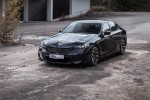 KW Releases V3s Compatible with BMW Air Suspension and EVs
KW Releases V3s Compatible with BMW Air Suspension and EVs
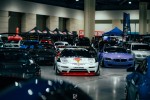 Slammedenuff Daytona Beach Car Show 2025
Slammedenuff Daytona Beach Car Show 2025


